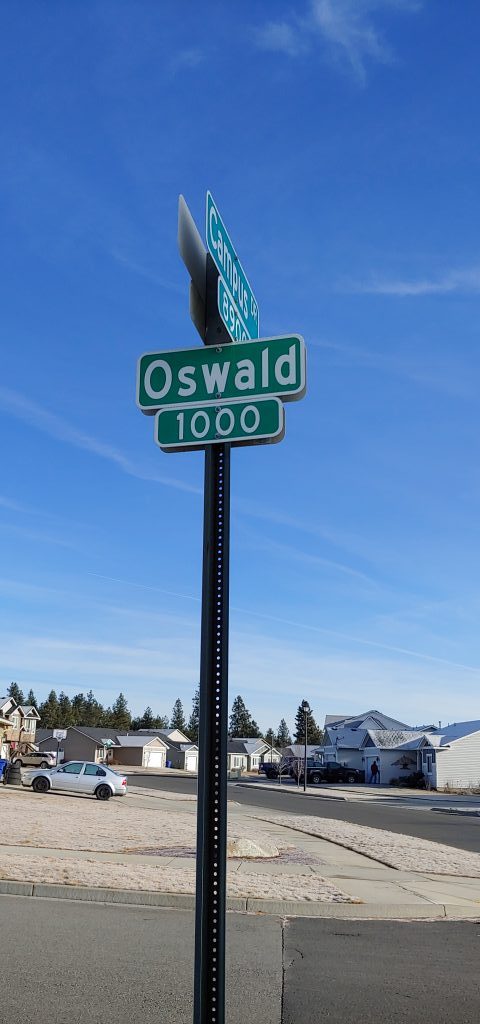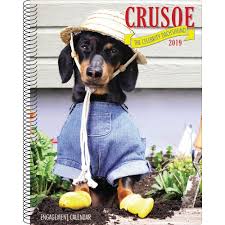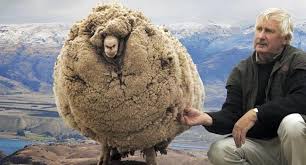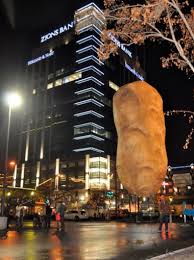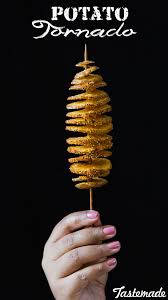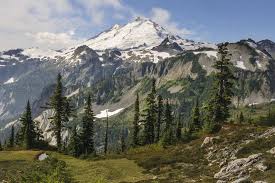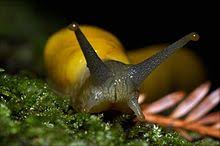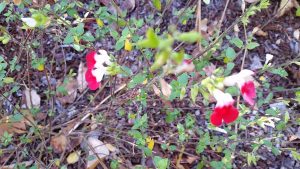
Does your city have an official tree? Does any city where your ancestors lived have such? Is Spokane really unique in that arena?
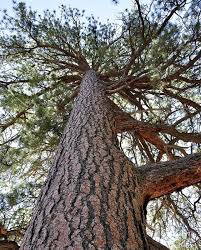
It was explorer David Douglas who, in 1826, identified and named the pinus ponderosa or Ponderosa Pine. Now it’s The Official Tree of the city of Spokane.
Using Wikipedia, I found this factoid:
During Operation Upshot–Knothole in 1953, a nuclear test was performed in which 145 ponderosa pines were cut down by the United States Forest Service and transported to Area 5 of the Nevada Test Site, where they were planted into the ground and exposed to a nuclear blast to see what the blast wave would do to a forest. The trees were partially burned and blown over.
All I can say to that is DUH!
